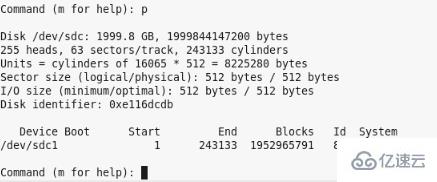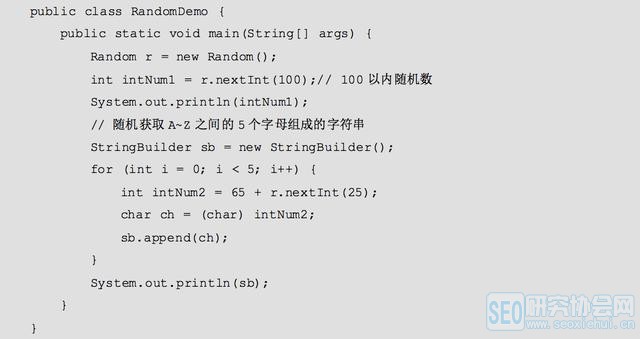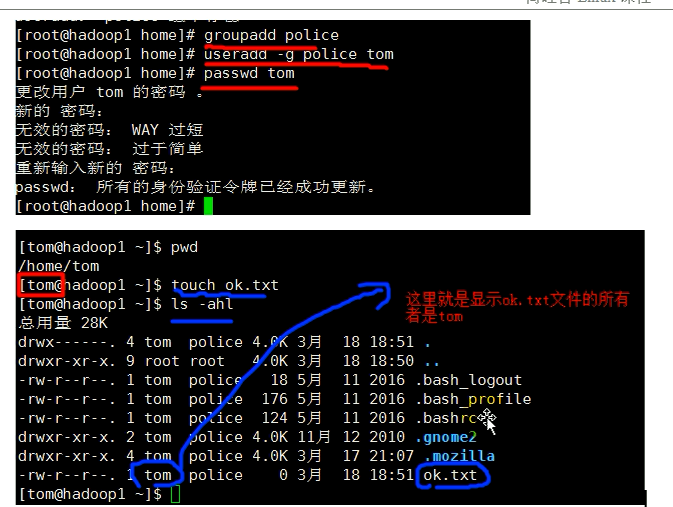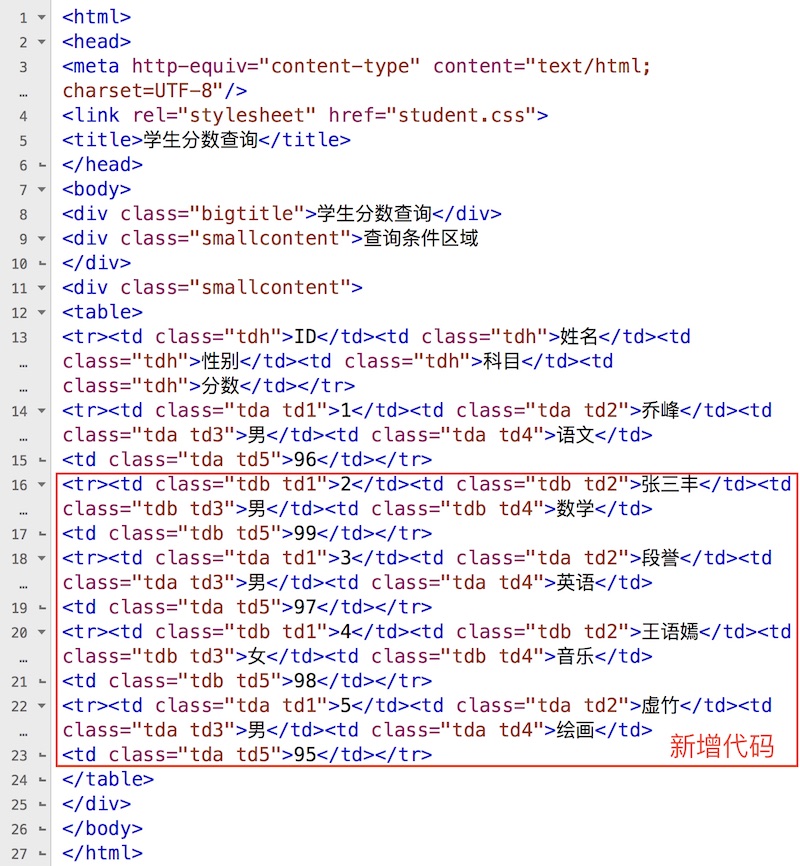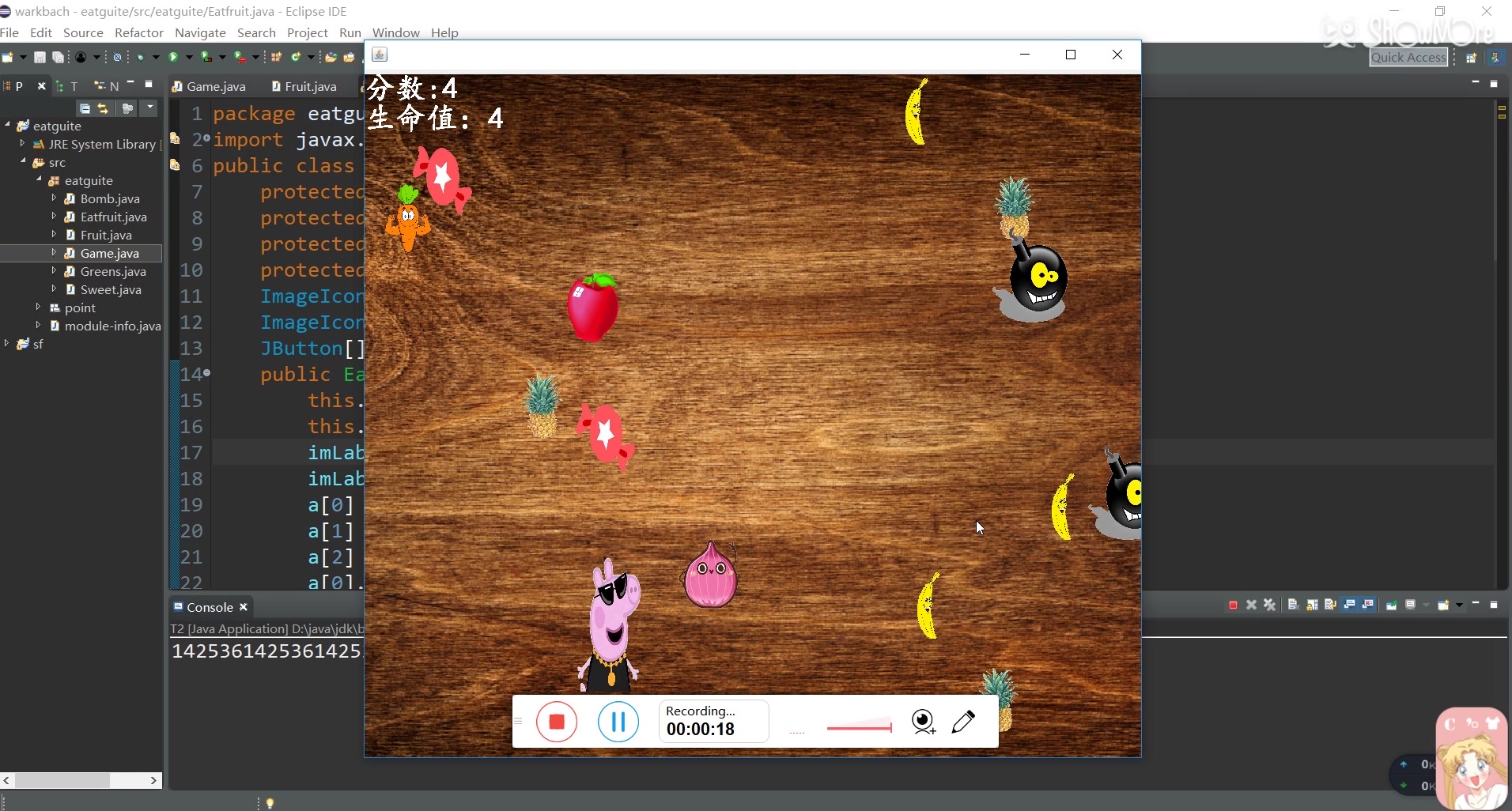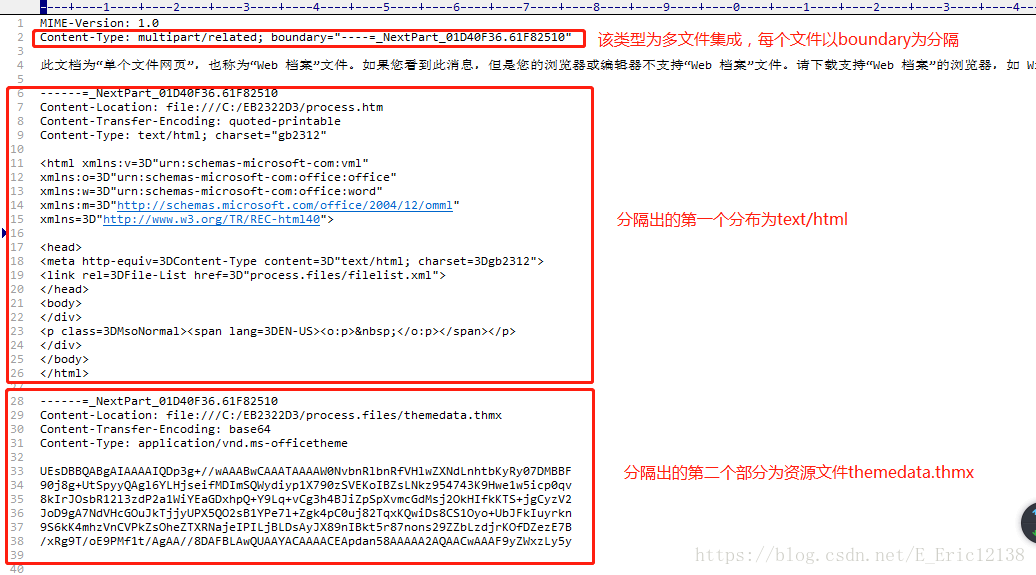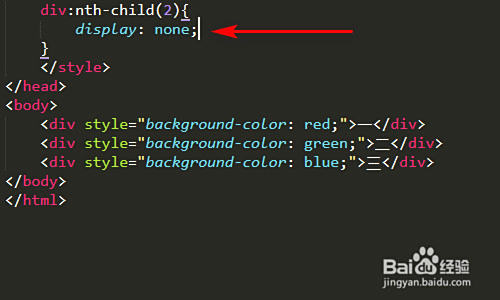html中如何创建随机数
- 前端开发
- 2025-07-13
- 2715
let num = Math.random();,若生成特定范围整数,如1到100间,可用
Math.floor(Math.random() 100) + 1;
HTML中创建随机数,通常需要借助JavaScript来实现,因为HTML本身并不具备直接生成随机数的功能,以下是几种常见的方法及其详细解释:
使用Math.random()生成基础随机数
Math.random()是JavaScript内置的一个函数,用于生成一个0到1之间的伪随机浮点数(包括0但不包括1),这是生成随机数的基础,很多其他生成随机数的方法都是基于它的。
示例代码:
<!DOCTYPE html>
<html lang="en">
<head>
<meta charset="UTF-8">Random Number Example</title>
</head>
<body>
<h1>Random Number between 0 and 1:</h1>
<p id="randomNumber"></p>
<script>
document.getElementById("randomNumber").innerText = Math.random();
</script>
</body>
</html>
在这个例子中,Math.random()生成的随机数被直接显示在页面上的一个段落元素中。
生成特定范围内的随机数
虽然Math.random()只能生成0到1之间的数,但我们可以通过一些数学运算来将其转换为任何我们需要的范围内的随机数,要生成一个a到b之间的随机整数(包括a和b),可以使用以下公式:
Math.floor(Math.random() (b a + 1)) + a;
这里,Math.floor()用于向下取整,Math.random() (b a + 1)将随机数的范围扩展到0到b-a之间,然后加上a,使得最终结果在a到b之间。

示例代码:
<!DOCTYPE html>
<html lang="en">
<head>
<meta charset="UTF-8">Random Number in Range</title>
</head>
<body>
<h1>Random Number between 1 and 100:</h1>
<p id="randomNumberInRange"></p>
<script>
const min = 1;
const max = 100;
const randomNumber = Math.floor(Math.random() (max min + 1)) + min;
document.getElementById("randomNumberInRange").innerText = randomNumber;
</script>
</body>
</html>
这个例子展示了如何生成一个1到100之间的随机整数,并将其显示在页面上。
结合事件监听器生成随机数
除了在页面加载时生成随机数外,我们还可以通过用户交互(如按钮点击)来触发随机数的生成,这通常涉及到为按钮添加一个事件监听器,并在事件触发时执行生成随机数的代码。
示例代码:
<!DOCTYPE html>
<html lang="en">
<head>
<meta charset="UTF-8">Random Number on Click</title>
</head>
<body>
<h1>Click the Button to Generate a Random Number:</h1>
<button onclick="generateRandomNumber()">Generate Random Number</button>
<p id="randomNumberOnClick"></p>
<script>
function generateRandomNumber() {
const min = 1;
const max = 100;
const randomNumber = Math.floor(Math.random() (max min + 1)) + min;
document.getElementById("randomNumberOnClick").innerText = randomNumber;
}
</script>
</body>
</html>
在这个例子中,当用户点击按钮时,generateRandomNumber函数被调用,生成一个1到100之间的随机整数,并将其显示在页面上。
动态更新随机数
在某些应用中,我们可能需要定期或根据某些条件动态更新随机数,这可以通过结合定时器(如setInterval)或事件监听器来实现。
示例代码(使用定时器):
<!DOCTYPE html>
<html lang="en">
<head>
<meta charset="UTF-8">Dynamic Random Number</title>
</head>
<body>
<h1>Random Number (Updates Every 3 Seconds):</h1>
<p id="dynamicRandomNumber"></p>
<script>
function updateRandomNumber() {
const min = 1;
const max = 100;
const randomNumber = Math.floor(Math.random() (max min + 1)) + min;
document.getElementById("dynamicRandomNumber").innerText = randomNumber;
}
setInterval(updateRandomNumber, 3000); // Update every 3 seconds
</script>
</body>
</html>
这个例子展示了如何使用setInterval函数每隔3秒更新一次随机数。
生成多种类型的随机数
除了简单的整数和小数外,我们还可以使用Math.random()生成其他类型的随机数,如随机布尔值、随机字符等。
生成随机布尔值:
const randomBoolean = Math.random() >= 0.5; // true if random number is >= 0.5, false otherwise
生成随机字符:
const chars = 'ABCDEFGHIJKLMNOPQRSTUVWXYZabcdefghijklmnopqrstuvwxyz'; const randomChar = chars.charAt(Math.floor(Math.random() chars.length));
这些功能可以扩展随机数的应用

